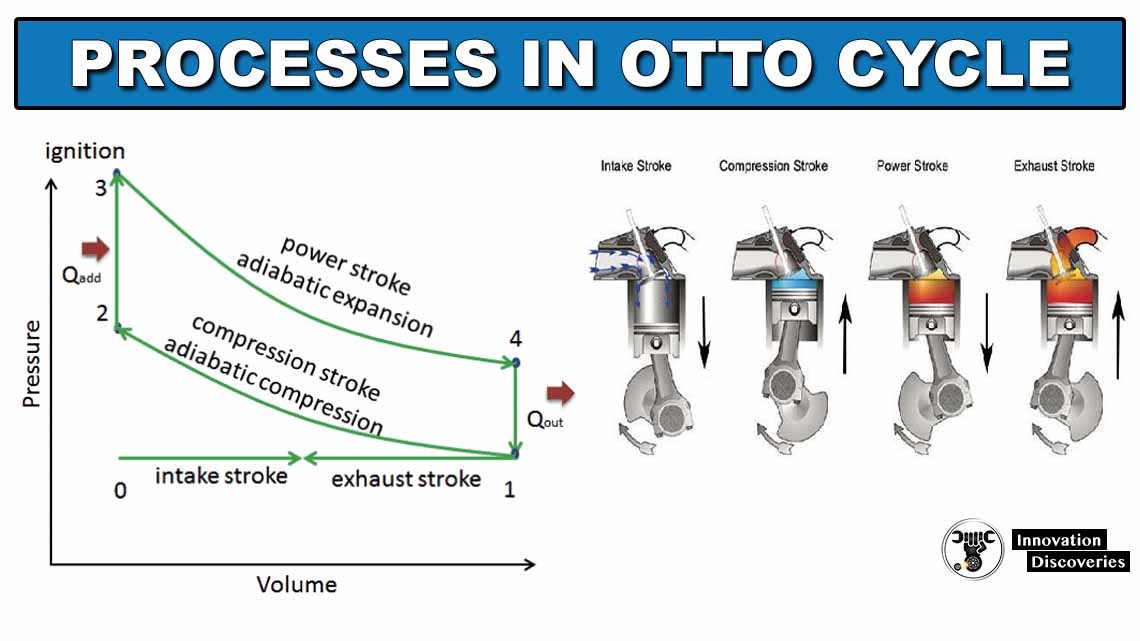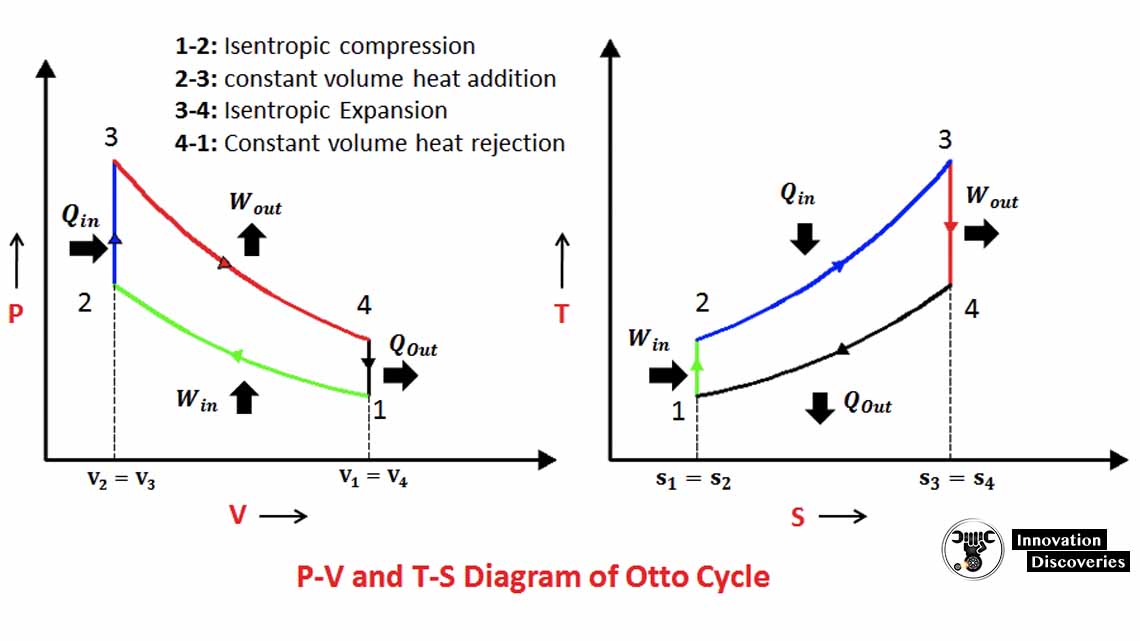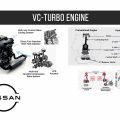
How Otto cycle works?
Otto Cycle is the hypothetical thermodynamic cycle Which depicts the working of a starter motor.
This kind of start motors is the most well-known Sort of motors utilized in vehicles.
Today we will endeavour to contemplate it and Comprehend what contains this Otto Cycle.
Also, read – How the starting system works
The Otto cycle is the investigation of the result for a mass of gas when exposed to weight changes, temperature, volume, Including heat and expelling heat.
The structure is the term given to the gas mass subjected to these changes. Otto Cycle likewise examines the impact of this Framework on the earth.
The impact being referred to here is the net yield or the work Produced to move the vehicle in which the engine is mounted by the Otto Cycle.

The name Otto Cycle originates from the name of the individual who has advanced the hypothesis of this system.
His name was Dr. Nicolas August Otto.
The Otto Cycle includes a best and base of the circling procedure which is called the isentropic process, this procedure is frictionless and adiabatic.
What’s more, An isochoric procedure which occurs at the left and the right half of the circle and has a consistent volume.
The reason we consider the Otto cycle as a Hypothesis is a result of its commence that it works in a totally Effective framework where no vitality is lost.
In any case, we realize that as a general rule, It is as yet unrealistic.
The isentropic procedure suggests that amid pressure cycle there will be no loss of mechanical vitality and thinks about that No warmth will either enter the framework or abandon it.
In principle, Warm courses through the left pressurizing procedure and Some of it goes back through the privilege depressurizing process.
The distinction of warmth here gives the net mechanical work created.
The Four Processes In Otto Cycle
Process 0-1 :
- Otherwise called the admission stroke
- Mass of air at the consistent weight is bolstered into the chamber/cylinder
Process 1-2:
- Otherwise called Compression stroke.
- In this procedure, the isentropic pressure of the charge occurs. This occurs because of the development of the chamber from the base right on target to the top dead center. This is the time when the air-fuel blend is packed.
Process 2-3 :
- This is otherwise called the Ignition stage.
- Here the cylinder for a snapshot of time rests at the best flawlessly focused. There is a little air-fuel blend present at the best amid this procedure. Warmth is then brought into the framework which lights the air-fuel blend. Because of this, the volume stays consistent while the weight rises.
Process 3-4 :
- Otherwise called Expansion stroke.
- The ascent in weight because of start makes the cylinder move to base dead center.
- Gases are extended isentropically and henceforth the framework takes a shot at the piston. In less complex terms, the extension of gases prompts the development of cylinder here.
Process 4-1 :
- Otherwise called the Heat Rejection stage.
- The cylinder stops at base perfectly focused for some time.
- It instantly lowers the weight of the gas as the energy is drained using a drain at the head of the pipe. As in the stage, the gas returns to its unique state.
Process 1-0 :
- Otherwise called the Exhaust stroke.
- The fumes valve opens in this procedure as the cylinder moves from the Bottom right on target to top flawlessly focused.
- The rest is ousted and the procedure again begins from 0-1.
- So here we have in principle how an Otto procedure functions
Read More :



One Comment